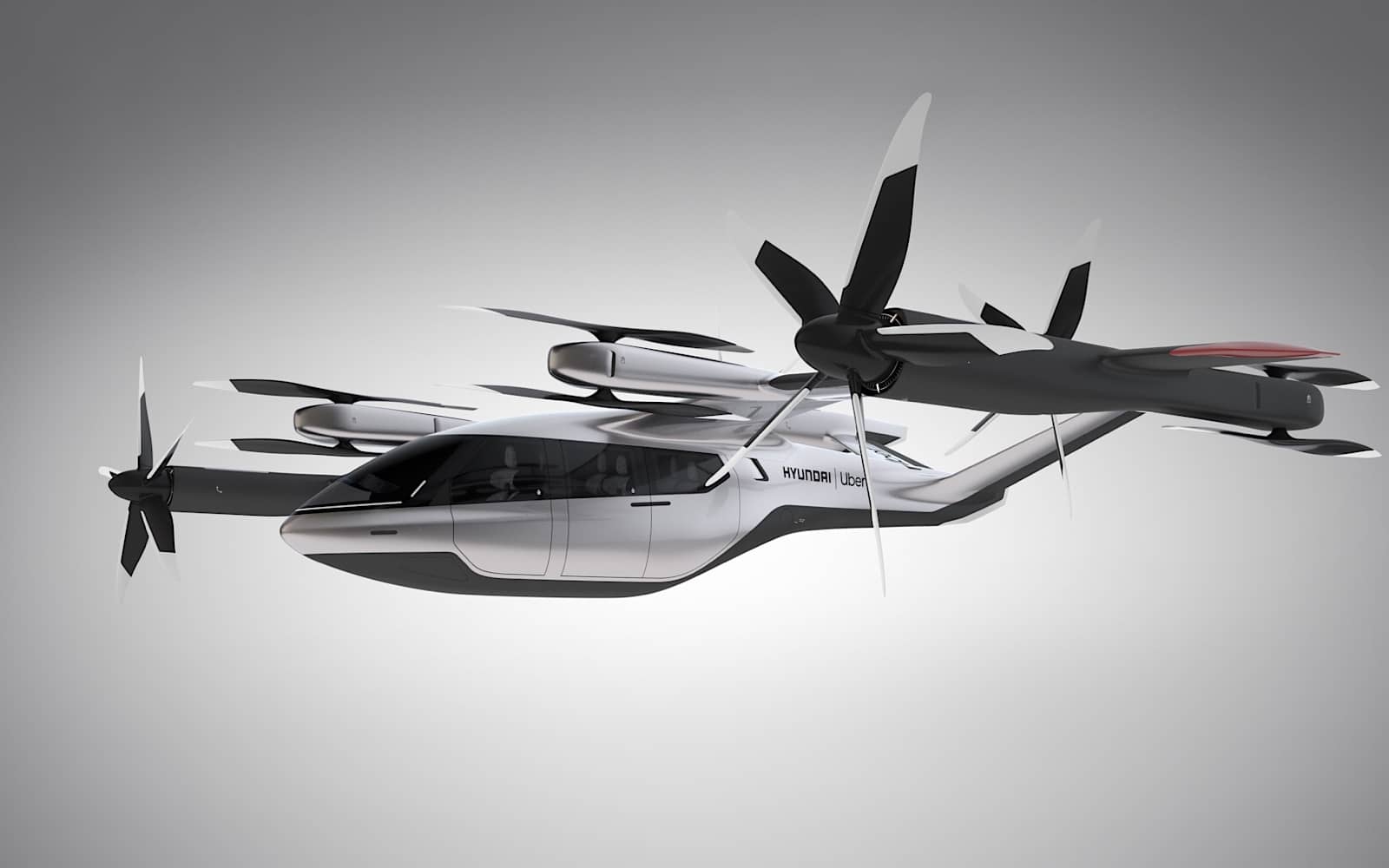The doors open to CES shortly, but before it, the tech brands are announcing big gear. We’ll check out wall-sized TVs, foldable computers, and a flying taxi, all in five minutes.
Subscribe to The Wrap at Apple Podcasts…Transcript
It’s January 6, the first day of CES for the media, and you’re listening to The Wrap, Australia’s fastest technology roundup, and this week, The Wrap is recording live from Las Vegas, and from what is arguably the world’s biggest technology show.
CES sets the stage for the next year of consumer technology, showcasing all manner of gadgets, as the world’s makers of headphones, speakers, TVs, blenders, whitegoods, tablets, computers, and more show off just what’s coming. There’s a lot here and a lot to get stuck into, but on press day, it’s all about the big ticket items.
The big TVs, the big gadgets, the big news, and even the big flying taxis. Yep, that’s a thing you’ll start to hear more about this year, but before we get stuck into that, let’s talk TVs, because the news on those is interesting this year.
While you can expect to find quite a few 4K and 8K screens from the likes of LG, Samsung, Sony, Hisense, TCL, and others, it was the really unorthodox approaches to TV design that grabbed us at CES this year.
For instance, Samsung’s approach to TV design is a little different in something called Micro LED. These are a little bit different from your conventional TV, and are more like Lego blocks for making a screen. You buy a specific screen size, and it comes with several modular components so you can mount the TV to the wall using a holding plate with magnets. This allows you to basically have a screen that’s part of a wall, or you can be even more creative and make the screen parts of furniture.
A long mirror, covers for a cabinet, or mounted like a rectangular bit of artwork; Samsung has shown a few ideas that are very cool, and Micro LED has etched into our experience as one of the best things so far at CES.
Another great concept unfolded from Lenovo today, and was demonstrated by the likes of Intel. While Intel talked up its Project Athena concept, a laptop design that promises all day battery life with solid performance, there was also a showing of foldable computers, and Lenovo has one.
It’s launching as the ThinkPad X1 Fold, and it’s basically two 9.6 inch screens hinged together in a foldable design not unlike the Samsung Galaxy Fold, yet running Windows 10 instead. You’ll get Windows 10X here, and that’s the new version of Windows made for foldable designs like this Lenovo computer, because there will be others.
Intel showed a few models, including a 17 inch option that should be coming in the near future. Foldable laptops are really new, though, and won’t likely make it out until the middle of the year. However they could mean you won’t ever need a tablet again, as they can be folded back to become a smaller tablet, while an unfolded tablet becomes a relatively sizable laptop.
Intel also announced it was working on its own graphics chip that was on the way, as well as a new computer chip, suggesting faster and more capable computers were around the corner in the coming months. That goes without saying, but it’s nice to see the hardware all the same.
Intel isn’t alone in this, either. AMD has new computer and graphics chips, too, so you can expect quite a few new computers in the coming months, with 2020 possibly being the year computers get interesting again.
There were other somewhat interesting announcements today, including LG’s Gallery style OLED screens, the GX TV, which is like Samsung’s The Frame, but with an OLED panel used instead.
Samsung has a screen made for millennials in The Sero, which can be viewed in horizontal or portrait, and basically shows what’s on a phone, yet on a TV.
Belkin and high-end audio brand Devialet have teamed up for a unique little audiophile grade speaker that also charges phones, and works with Google Assistant.
But not every announcement was about something entertaining, as these seem to largely be. In fact, there was one announcement we think we might have been hyped up for the day that could be incredibly useful in the future, and goes a way to improving transport for the future.
The news came from two companies, as Hyundai and Uber announced a collaboration in building a flying taxi. Yes, you heard that right. It’s like a flying car, only that it’s not a car. It’s more like a combination between a helicopter and a drone, though it will still have a pilot, at least for now. In the future, you can probably expect a self-flying system handled by software, much like a self-driving car, but we have to get to that point first.
Australia is also quite lucky, because Melbourne is one of only three places around the world where Uber’s flying taxi service Uber Elevate is being trialled, and set to launch in 2023. Whether it meets that deadline remains to be seen, but when it does, it will be a Hyundai S-A1 doing the work, a new vehicle that can move people up to 100 kilometers by flight.
For now, you’ve been listening to The Wrap live from CES in Las Vegas. That’s all we have for today, so tune in tomorrow to find out what’s new from the world’s biggest tech show in just five minutes. Until then, take care.





